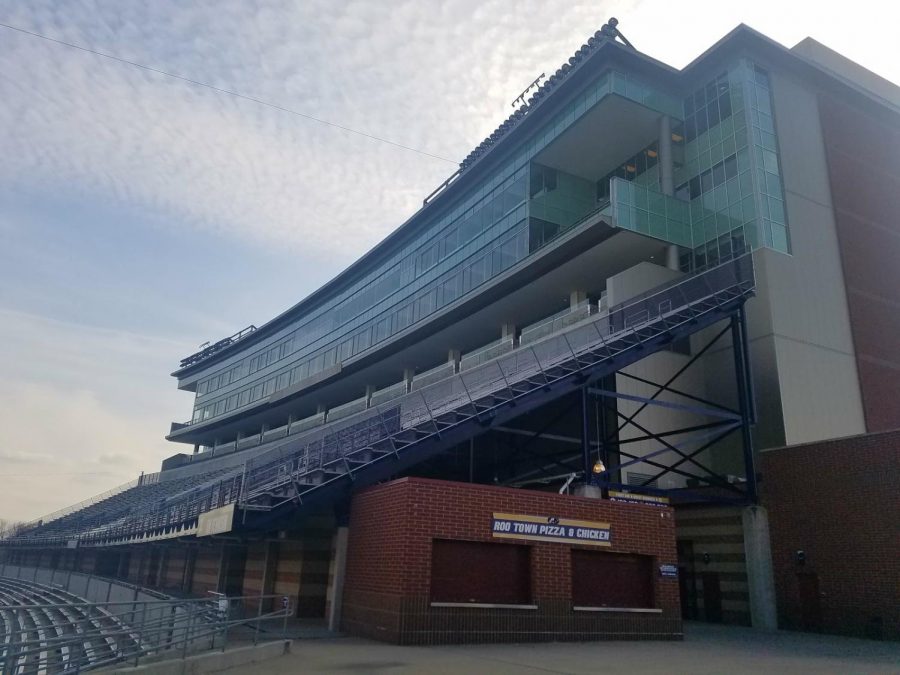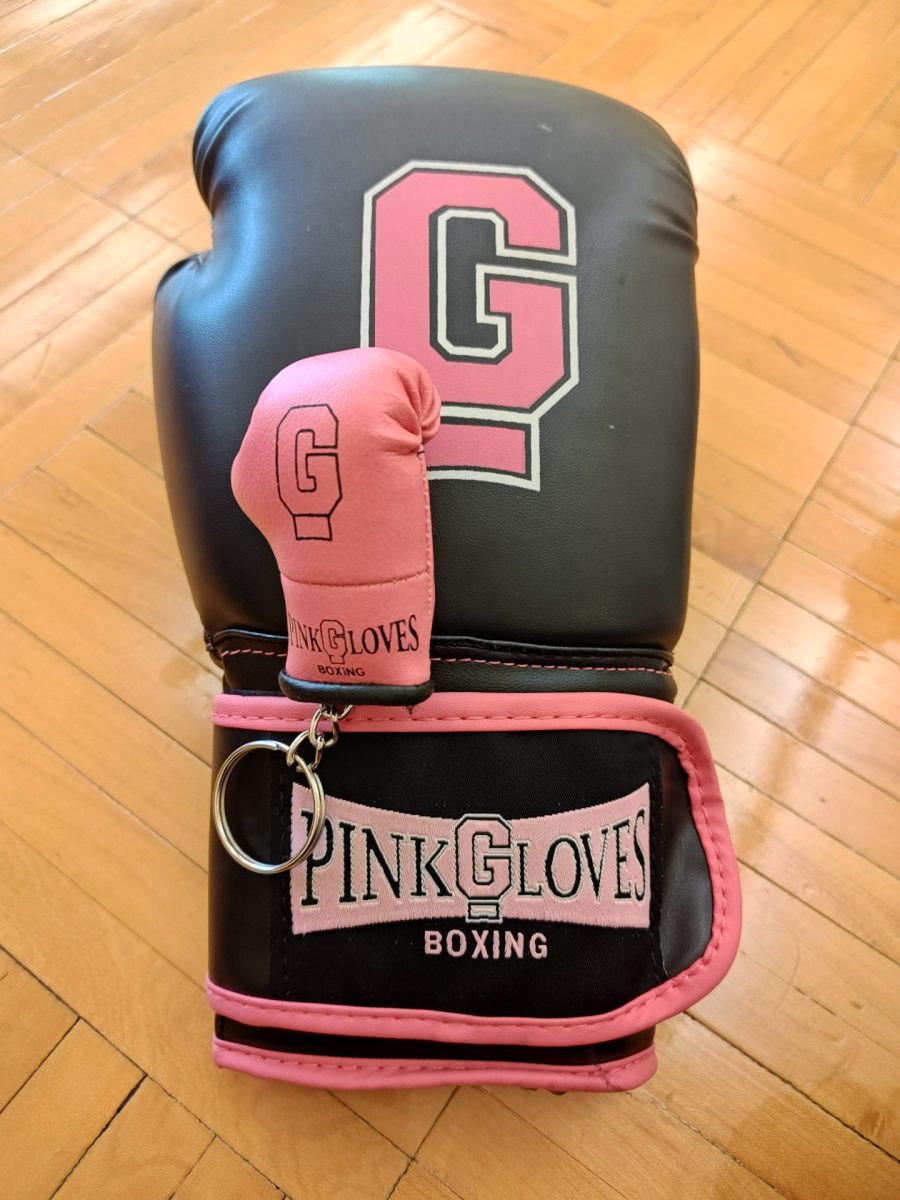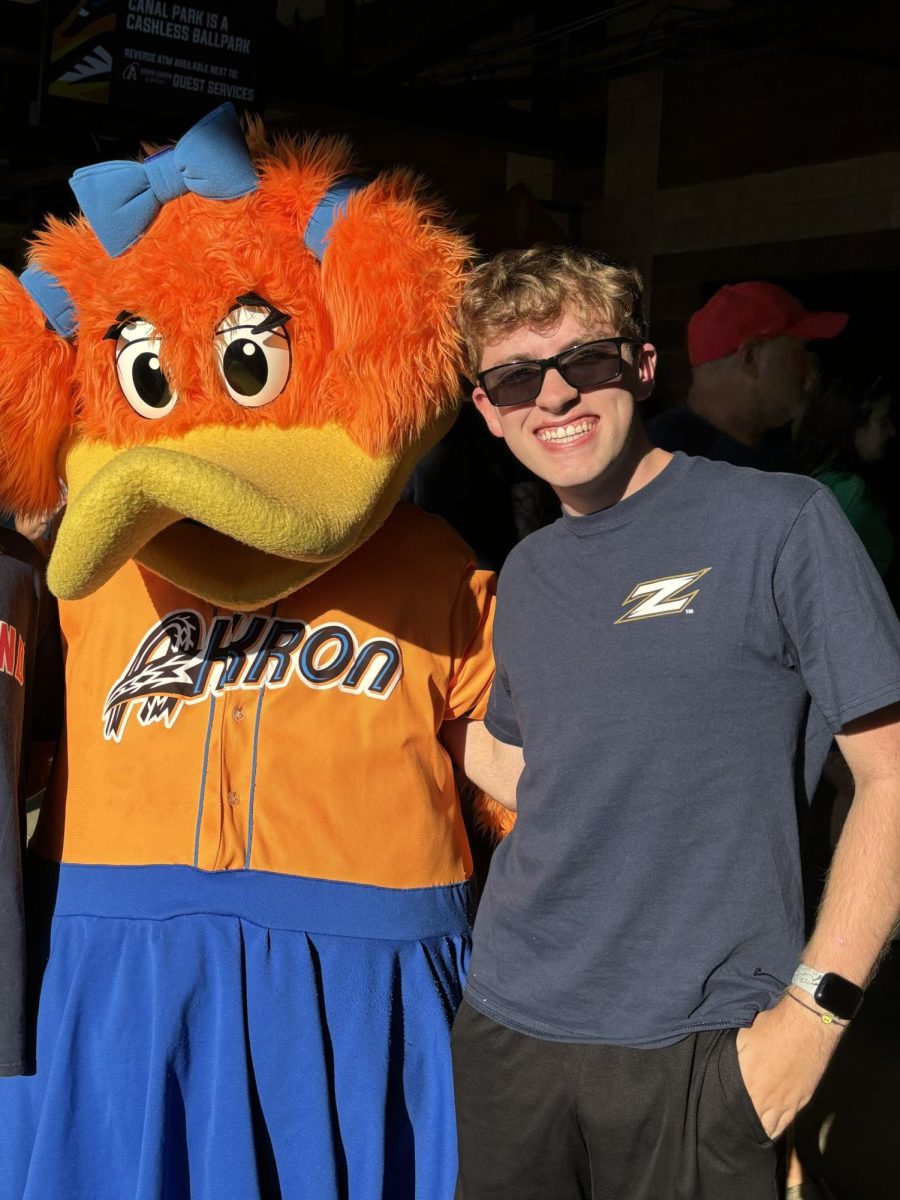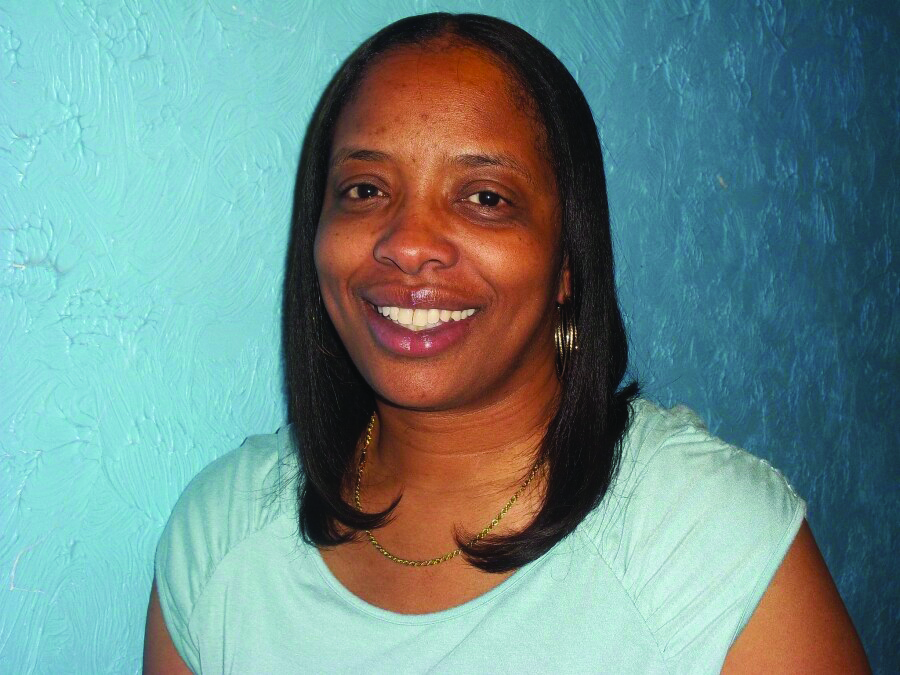A Look at Athletic Spending in Higher Education
The seven-level press tower at InfoCision Stadium–Summa Field, The University of Akron’s football stadium.
April 6, 2018
On Monday, April 2, Dr. B. David Ridpath visited The University of Akron to present his lecture on university spending on intercollegiate athletics and alternate models for spending.
Dr. Ridpath is an associate professor and Kahandas Nandola Professor of Sports Business at Ohio University. His lecture was titled “Shaping Policy and Practice in Higher Education: Does the Perceived Value of Intercollegiate Athletics Justify the Costs?”
“We are the only country in the world that has our primary source of sports development grounded in education,” Dr. Ridpath said, beginning his lecture Monday afternoon. He went on and said “I love college sports” and “This is not an us versus them conversation.”
Dr. Ridpath is currently a tenured faculty member at OU doing research in college sports business. He also worked for 15 years as an intercollegiate athletics coach and administrator at four different universities. Dr. Ridpath said because of this experience, he has seen many angles of the issue of how universities spend money on athletics.
“I will watch the game tonight,” he said, referencing the NCAA Men’s National Championship game in basketball. “But I know what I am watching,” he said, “ and that is professional athletics in disguise.” Dr. Ripath continued on and said that there is some good and some bad to the way we run college athletics.
“Some of the good includes the fun and community building,” Dr. Ridpath said of college sports. He also said it is just fun to cheer for “good old State U.” But, Dr. Ridpath also said there is some bad such as low graduation rates among athletes and most institutions lose money in athletics. He said sometimes the pressure to win forces schools to break the rules or not care as much about academics. “And then there is the ugly,” Dr. Ripath said, talking about NCAA abuses, athletes receiving under the table payments and institutions sacrificing their integrity in the name of winning.
Dr. Ridpath said he has no problem with players receiving pay or benefiting from their own brand, but as of right now it is against the rules and he hopes that changes soon and believes it will. In reference to sacrificing institutional integrity, Dr. Ridpath gave the example of the University of North Carolina and their basketball program.
A USA Today report on this matter in October 2017 said, “The academic fraud allegations involved classes taken by athletes in the African and Afro-American studies department between 2002 and 2011 that helped many retain their eligibility. The irregularities are focused on independent study-style courses misidentified as lecture classes that didn’t meet and required a research paper or two while featuring significant athlete enrollments.” Dr. Ridpath said many institutions have similar programs specialized for athletes to maintain eligibility easily.
Dr. Ridpath laid out six different myths about intercollegiate athletics which he felt those at universities need to confront.
Myth #1
Intercollegiate athletic success does significantly and in a sustained way increases alumni contributions outside of athletics. Dr. Ridpath said that while the success may increase donations to athletics, it does not do so for any sustained amount of time. Furthermore, it does not replenish funds given to athletics to create the original success.
Myth #2
Increased spending leads to more exposure and improved athletics programs. Dr. Ripath said this myth is similar to the first, it does not create any sustained progress. “Moments like the Doug Flutie pass for Boston College, Appalachian State beating Michigan and UMBC defeating Virginia do not create improved athletics programs for these schools,” Ridpath said. “The best players will always go to the best schools.”
Myth #3
Intercollegiate success leads to increased sustained applications to the school. Dr. Ridpath said that on average, studies show that application increases only last three years or less and this does not lead to an increase in enrollment.
Myth #4
Intercollegiate sports make money or at least maybe can make money. Dr. Ridpath said that any athletics department which functions on a fee-based model will never be financially independent and often times, the cost of winning offsets the financial benefits of winning.
Myth #5
Success in intercollegiate sports has an economic impact. Often times success drives up the costs even further. A coach, like Ryan Odom of UMBC Men’s Basketball, may have to be paid more to keep the coach at that school because of flashes of success.
Myth #6
A school is not a real university without NCAA Division I status. Dr. Ridpath strongly disagreed with this sentiment and suggested that there are other ways schools can be “real” universities. Dr. Ripath said that when he was at Weber State, they had FBS football and Division I basketball and it worked really well for the school.
The above statements were discussed at length in addition to what Dr. Ridpath called being Division I in name only. Dr. Ridpath called this concept DINO and pointed out that this is what many of the non-Power Five schools are in practice.
When asked about athletics spending at the University, UA student, Dylan Morris said, “I would rather the spending from students be reduced and spent elsewhere, but I do think spending money on athletics can have benefits for a university.
Teresa Donisi, another UA student said, “I feel like we spent too much money on the stadium” she said, referencing Infocision Stadium which was opened in 2009 and had a construction cost of $61.6 million. Six years after the stadium was opened, Ohio.com reported that UA had the lowest attendance in the nation.
Dr. Ridpath has recently released a book which focuses on the model of intercollegiate sports in America. The book, “Alternative Models of Sports Development in America: Solutions to a Crisis in Education and Public Health” discusses myriad topics within the world of sports and education.
“What we are doing now isn’t working and I believe we can fix it,” Dr. Ripath said, concluding his presentation.












